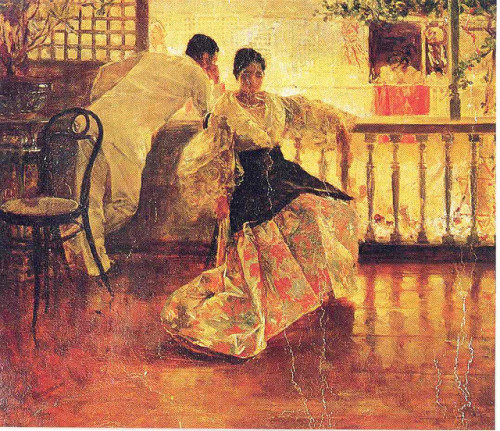***The Tagalog term tampo has no English equivalent. Magtampo is usually translated as ‘to sulk’, but it does not quite mean that. ‘Sulk’ seems to have a negative meaning which is not expressed in magtampo. It is a way of withdrawing, of expressing hurt feelings in a culture where outright expression of anger is discouraged. For example, if a child who feels hurt or neglected may show tampo by withdrawing from the group, refusing to eat, and resisting expressions of affection such as touching or kissing by the members of the family. A woman may also show tampo if she feels jealous or neglected by her beloved. Tampuhan is basically a lovers’ quarrel, often manifested in total silent treatment or not speaking to each other.
The person who is nagtatampo expects to be aamuin or cajoled out of the feeling of being unhappy or left out. Parents usually let a child give way to tampo before he/she is cajoled to stop feeling hurt.
Usually, tampo in Filipino culture is manifested in non-verbal ways, such as not talking to other people, keeping to one’s self, being unusually quiet, not joining friends in group activities, not joining family outing, or simply locking one’s self in his or her room
/*MORPH*/
.morph {
-webkit-transition: all 0.5s ease;
-moz-transition: all 0.5s ease;
-o-transition: all 0.5s ease;
-ms-transition: all 0.5s ease;
transition: all 0.5s ease;
}
.morph:hover {
border-radius: 50%;
-webkit-transform: rotate(360deg);
-moz-transform: rotate(360deg);
-o-transform: rotate(360deg);
-ms-transform: rotate(360deg);
transform: rotate(360deg);
}




No comments:
Post a Comment